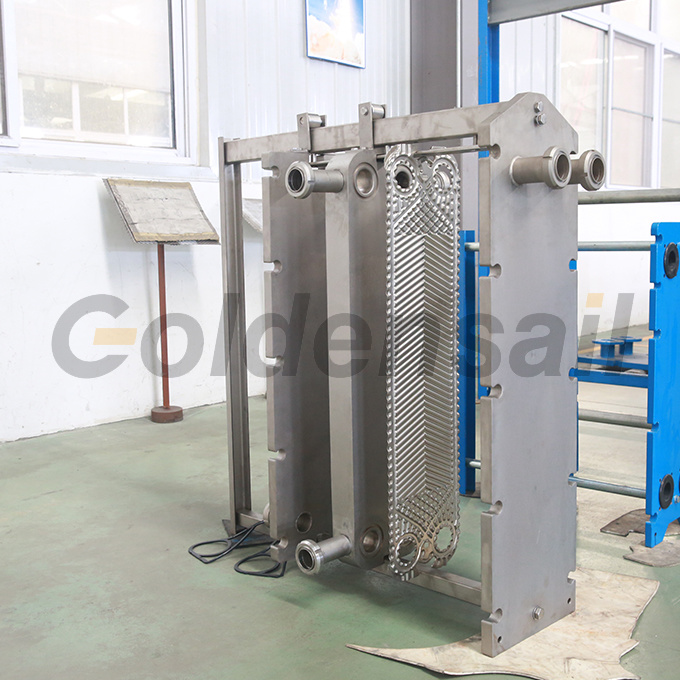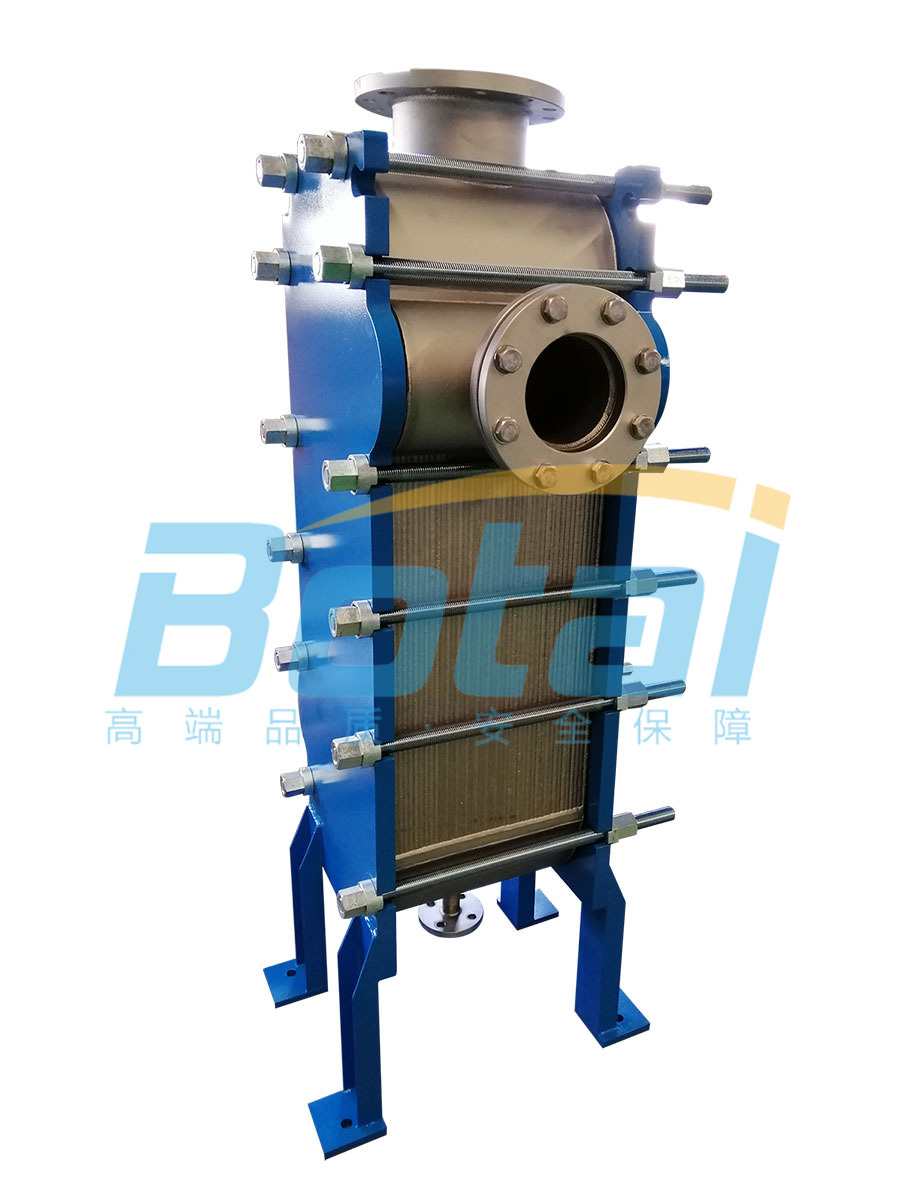Tianjin Botai Heat Exchange Equipment Co.,Ltd
How to improve the efficiency of plate heat exchangers
2020-03-06
How to improve the efficiency of plate heat exchangers: The following points explain that to improve the heat transfer coefficient of the heat exchanger, it is necessary to simultaneously increase the surface heat transfer coefficients on both the hot and cold sides of the plates, reduce the thermal resistance of the fouling layer, select plates with high thermal conductivity, and reduce the thickness of the plates to effectively improve the heat transfer coefficient of the heat exchanger.

1. The corrugation of the plate heat exchanger can create turbulence in the fluid at lower flow rates, thus achieving a higher surface heat transfer coefficient. The surface heat transfer coefficient is related to the geometric structure of the plate corrugation and the flow state of the medium. The waveforms of the plates include herringbone, straight, spherical, etc. After years of research and experiments, it has been found that the herringbone plate with a triangular cross-section shape has a higher surface heat transfer coefficient, and the larger the angle of the corrugation, the higher the flow rate of the medium in the channel between the plates, resulting in a greater surface heat transfer coefficient.
2. The key to reducing the thermal resistance of the fouling layer in the heat exchanger is to prevent fouling on the plates. When the fouling thickness on the plates is 1mm, the heat transfer coefficient decreases by about 10%. Therefore, it is essential to monitor the water quality on both the hot and cold sides of the heat exchanger to prevent fouling on the plates and to avoid debris in the water from adhering to the plates. Some heating units add agents to the heating medium in the plate heat exchanger to prevent water theft and corrosion of steel parts, so it is necessary to pay attention to the water quality and the adhesive causing debris contamination on the heat exchanger plates. If there are viscous impurities in the water, a special filter should be used for treatment. When selecting agents, it is advisable to choose non-viscous agents.
3. The material of the plates can be selected from stainless steel, titanium alloy, copper alloy, etc. Stainless steel has good thermal conductivity, with a thermal conductivity of about 14.4 W/(m•K) for plate heat exchangers, high strength, good stamping performance, is not easily oxidized, and is cheaper than titanium and copper alloys, making it the most commonly used in heating engineering, but it has poor resistance to chloride ion corrosion.
Previous Page:



